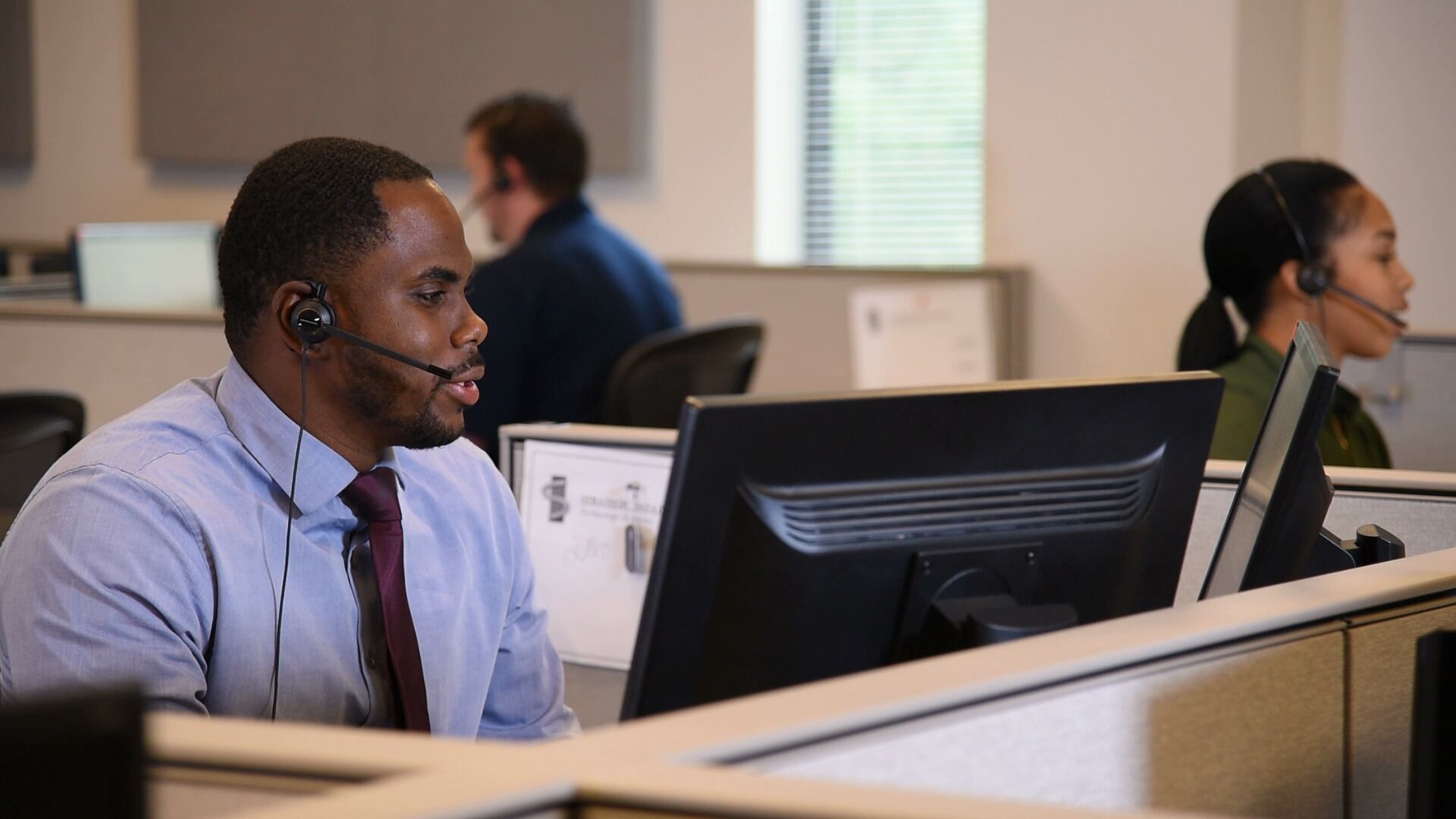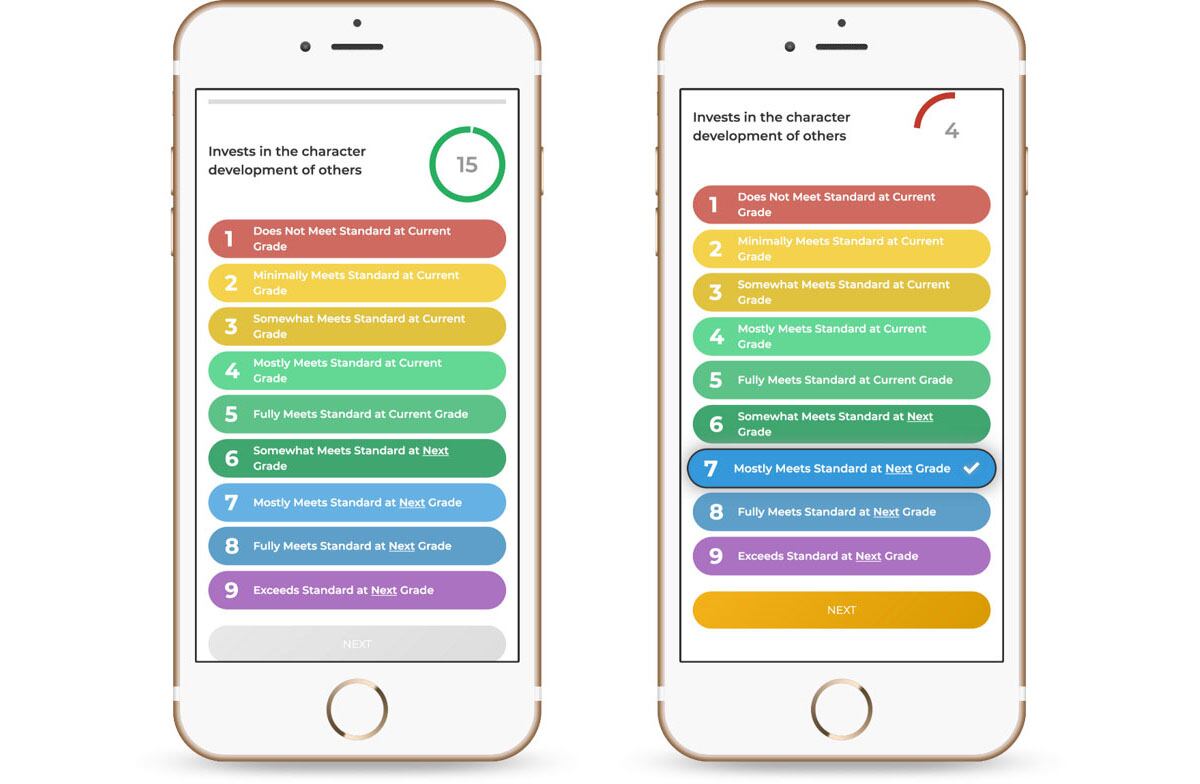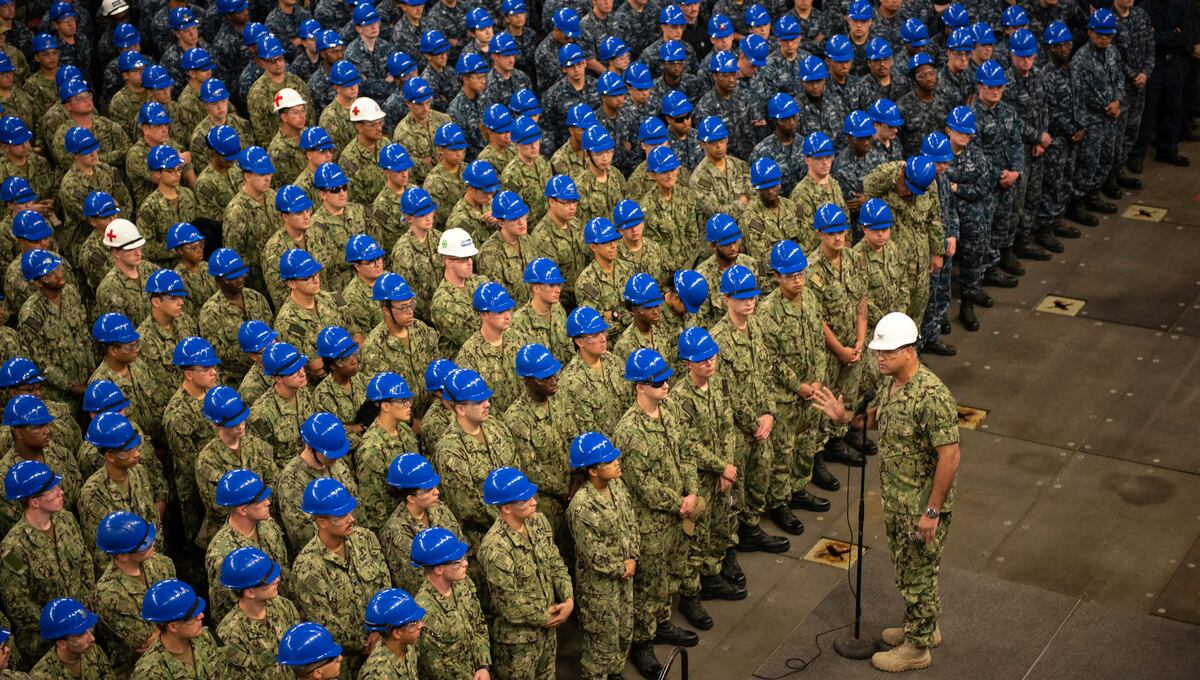When Virginia-based Personnel Specialist 1st Class Stacie W. Carrero reached out to the new MyNavy Career Center in Tennessee, she wasn’t a rookie in the sea service’s vast but often fragmented human resources system.
Assigned to Naval Sea Systems Command’s Fleet Introduction Team in Norfolk, Carrero brought 16 years of experience along on her phone call, including stints on board the guided-missile destroyer Forrest Sherman, aircraft carrier Dwight D. Eisenhower, amphibious assault ship Belleau Wood and a tour with the Wildcats of Strike Fighter Squadron 131.
The Command Pay/Personnel Administrator was having trouble getting training verified on her Electronic Service Record. On Carrero’s screen, it looked like her efforts had been successful, but when she went back into her file, the system didn’t seem to record the qualification.
So she rang the MNCC contact center in Millington, which is open every minute of every day so that sailors across the globe can get help on a wide range of personnel glitches, everything from 60-year-old retired reservists who need to start drawing their pensions to sailors trying to get their packages to an advancement board.
The call center opened in September 2018 to great fanfare, promising a tiered system that linked sailors to the online self-service MyNavy Portal, front line customer service representatives who could help with other inquiries and, in the background, subject matter experts who could get to the heart of any problem and solve it.
And Carrero said it works. The agent on the other line saw that the training had been entered into the system on her end, but it wasn’t reflected on Carrero’s screen.
The agent didn’t fob off the work to a clerk at a regional personnel support detachment or route it to a cubicle where the request would languish.
“She put me on the phone with the section that does the ESR verification. I went one-on-one with them,” said Carrero, who estimates the bug was fixed in under 45 minutes.

Moments like that make Rear Adm. Jeffrey W. Hughes very happy.
A career naval aviator, the deputy chief of naval personnel is one of the top Navy leaders pushing to modernize its Industrial Age personnel system to help sailors, retirees, veterans and their families.
Making Millington’s MNCC call center work is an important reform in the Navy’s Sailor 2025 initiative, which uses the latest software and practices borrowed from the private sector to drag the sea service’s HR system into the 21st century.
For Hughes, that means whittling down 62 different personnel systems to one streamlined program.
“The big journey we’ve been on, probably for the last couple of years, is really restructuring all of our processes around the customer," he told Navy Times. "How do we make our processes customer-oriented?”
Hughes wanted the call center to handle hundreds of thousands of transactions annually with precision and speed while offering sailors greater flexibility when interacting with the Navy’s personnel system, improvements he assumed would hike customer satisfaction.
“They want it done quick," he said. "They want it done right the first time. And they want a customer experience that they are used to, that they’re receiving in the private, commercial sector today. And that’s what we’re striving to do.”
Part of the changes involved super-sizing regional personnel support detachments in Memphis, Norfolk and Great Lakes to help sailors there while increasingly consolidating key “lines of effort” into the Millington operations, creating a system that’s similar to what they experience when buying airline tickets or car insurance, reserving a hotel room and banking.
If the Navy could pull it off, the innovations would free sailors and their commanders to refocus valuable time on training for war or spending time with their families, not hacking through red tape. Those improvements may also boost retention.
RELATED

The grades are in and Navy officials said they passed.
Since the launch nearly a year ago, the MNCC has resolved more than 330,000 service requests. That figures out to about 1,350 transactions for each weekday, according to data released to Navy Times.
Just under one out of every five of those requests involves selection board correspondence. But over the past 11 months approximately 40,500 other sailors got help on their pay or travel claims; 36,000 more needed a hand with electronic personnel action requests; and 30,000 others had their reserve retirement packages processed, among other successes.
Officials calculate that 93 percent of the requests flowing to the center were closed in under three days and 81 percent of customers left satisfied with the help they received.
Capt. Laura Scotty, the director of the MNCC Operations Center director, said that the new technology and processes better detect bottlenecks that once bedeviled customer service representatives and create more accountability with her workers.
For example, Millington reps were contacted by a sailor who detached from his Hawaiian command in mid-December but never received his travel assistance package before he redeployed to Pensacola. Within an hour, they had coordinated with the personnel service detachment in Hawaii to update his paperwork so he could be paid the next day.
Although personnel specialists at the detachments might worry that their ratings are disappearing with each app introduced or program consolidated at Millington, Ann Stewart said the exact opposite is happening.
The director of Millington’s Pay and Personnel Department said that personnel experts like PS1 Carrero are becoming more important to both the sea service and the sailors they help. And it’s an exciting time for those in the career field because they’re witnessing “more engagement with the HR and IT trends that are going on in the real world."
RELATED

Recalling the Navy personnel system she encountered when she arrived in the fleet — 16 years ago, the Navy still used floppy disks for some of its HR programs — Carrero also sees “a whole different world” dawning.
"I think the Navy’s been behind. I will say that. We’re not maybe up where we could be. But now with the change of this, we’re coming a whole lot closer, technology-wise,” said Carrero, who has earned the Enlisted Surface and Aviation Warfare Specialist pins, 10 Navy and Marine Corps Achievement Medals, five Sea Service Deployment Ribbons and the Global War on Terrorism Expeditionary Medal since leaving Missouri for the military.
She envisions a seamless but virtual call center on her smartphone or tablet and electronic transactions that used to take weeks and involve multiple commands now being routed in fractions of a second by sailors who are digital natives. She’s already handling some work while stuck in Norfolk traffic.
“It’s going to take patience and communication” to work out some of the remaining high-tech wrinkles, she said, but Millington and the rest of the Navy are getting there.
“The world is becoming more self-sufficient all the time.”





